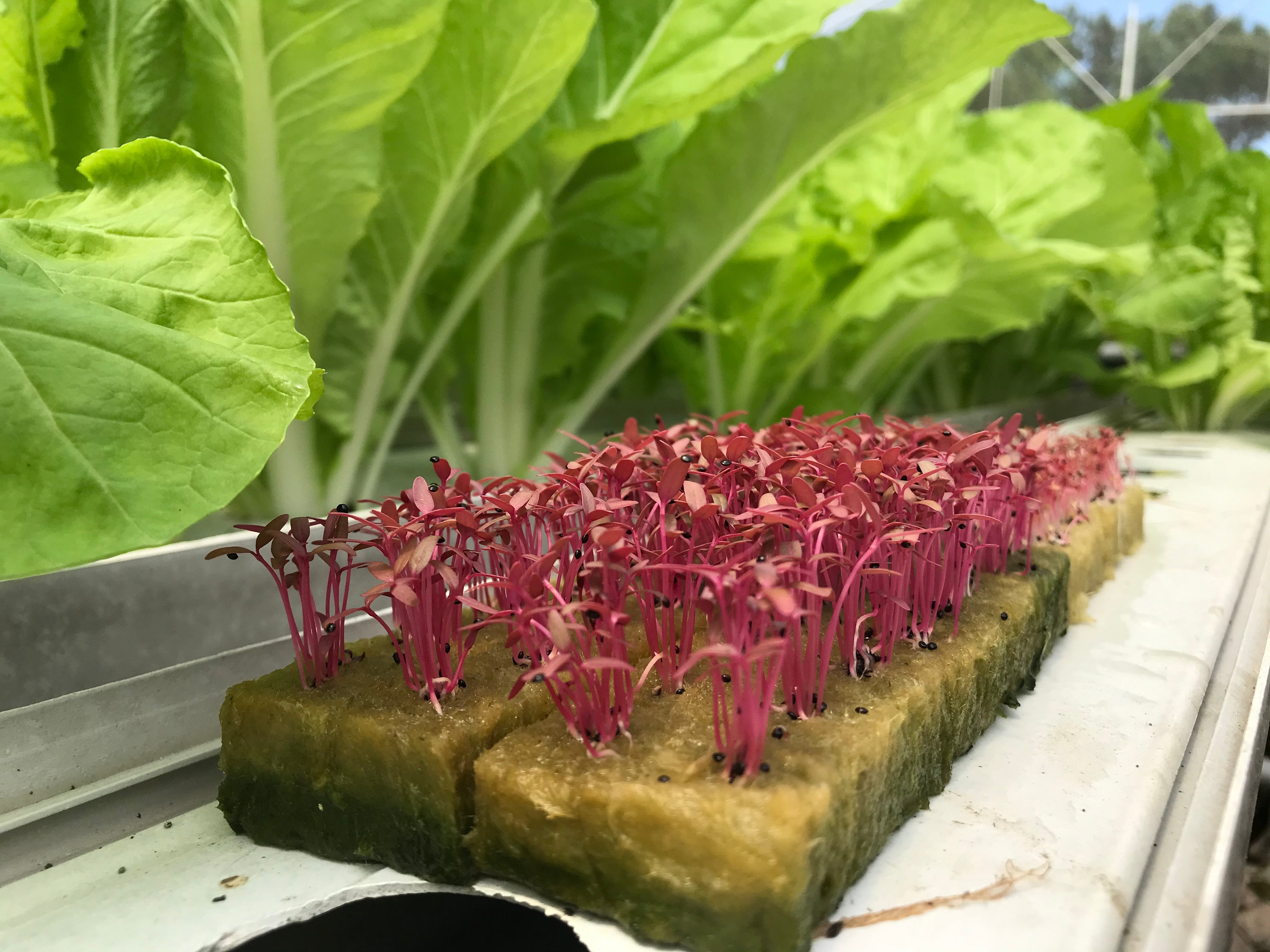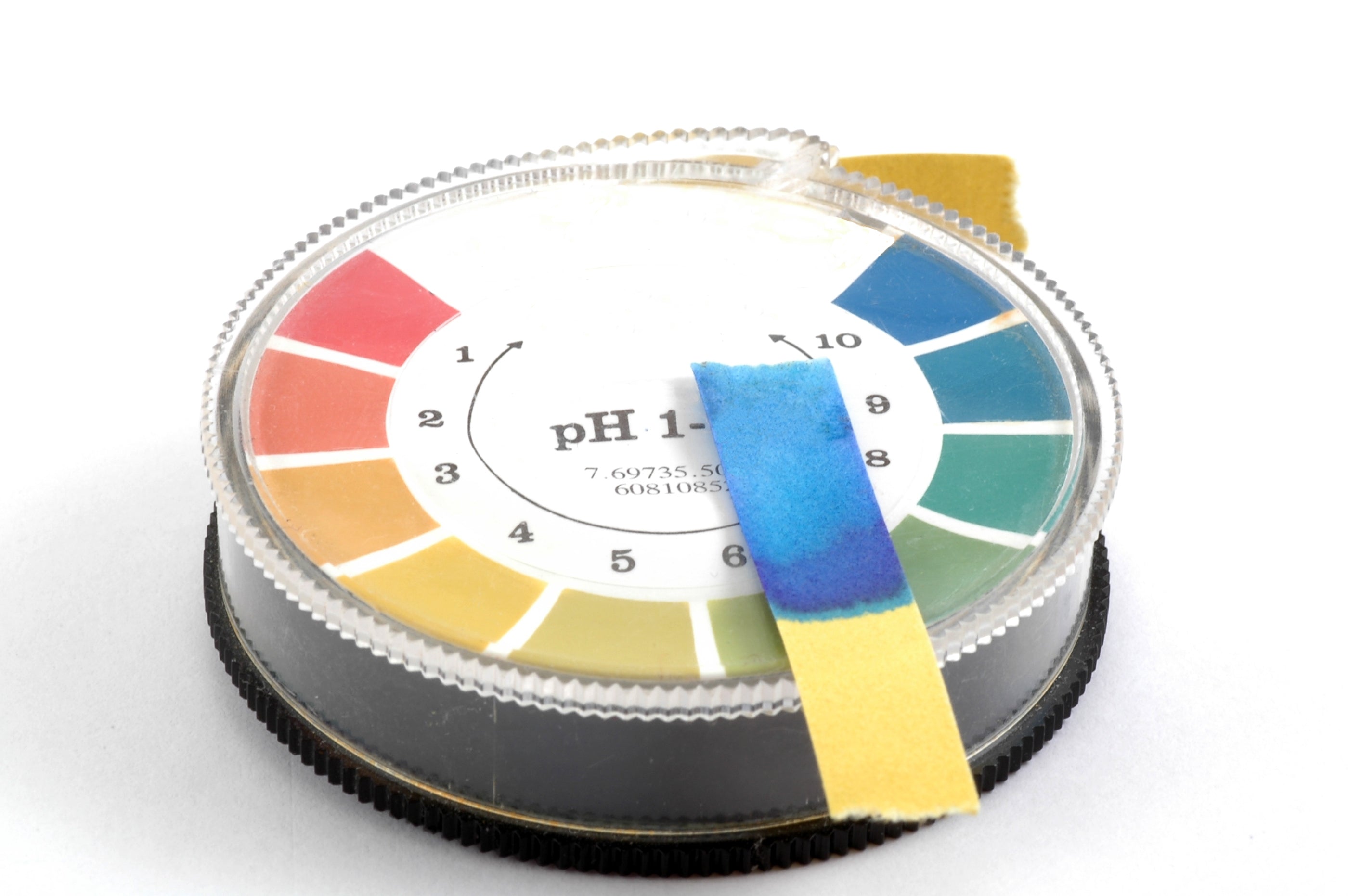Grow Room Wall Material Explained
The Best Options When Choosing Grow Room Wall Material
As all hydroponic growers are aware, electricity is one of the largest operating expenses for any indoor hydroponic garden. Whether you have a small setup or a large commercial operation, you have to consider energy usage every step of the way.
Setting up your grow room in a way that uses the energy emitted from your grow lights most efficiently is critical in getting the largest return for electrical expenses. Choosing the right grow room wall material will ensure that light is adequately reflected and evenly mixed around the garden canopy. In addition, reflective grow room wall material will also help keep you from wasting electricity with light spilled onto absorbent surfaces.
Why You Need Reflective Grow Room Wall Material
Grow lights emit photons in a conical shape as light makes its way to the garden canopy. The light in the middle of the cone is much stronger than that on the peripheries. If any of the light produced by your grow lights hits a non-reflective surface, it will be absorbed rather than reflected and utilized by plants for photosynthesis.
You might have heard the term ‘inverse-square law’. In relation to light, it means that energy twice the distance from a light passes through 4 times the area that it did at half the closer distance, which means its brightness is 4 times fainter.
As light travels from grow lights, it spreads out and reduces in intensity before it reaches the garden canopy. To make up for the loss of light intensity due to the inverse-square law, hydroponic growers set up grow lights in rows. When lighting fixtures are set up parallel to one another, periphery light from multiple grow lights intermingles and creates uniform coverage on the canopy.
Hydroponic growers also use reflective material on walls to catch periphery light and bounce it back onto the plants. Without reflective material on your grow room walls, you will simply waste all the periphery light on the edges of your garden.

Grow Room Wall Materials
As far as different types of reflective grow room wall materials available, there are plenty of options to choose from that vary in price, quality, durability, and reflectivity. If you have a small grow room, you can simply paint the walls with white paint and call it a day, but if you have a larger setup or even a commercial operation, you should consider investing in more advanced grow room wall materials, such as panda film, mylar, foylon, or orca grow film. Let’s take a closer look at the different grow room wall materials available.
White Paint
White paint is one of the most affordable materials that will help increase the reflectivity of your grow room walls. If you decide to paint your grow room walls, choose simple flat white paint because high gloss and metallic paints can cause hot spots with grow lights.
Flat white paint can reflect between 85% and 95% of light, which is really impressive, considering how affordable it is. Painted walls are also easy to keep clean and care for. It’s a great option if you’re on a budget. Keep in mind that paint will fade over time, and its reflective capacity may reduce, so you will eventually need to touch up or repaint your grow room walls completely.
Panda Film (Poly Plastic)
Panda film is a popular grow room wall material. It is also known as poly plastic. It’s called panda film because it’s colored white on one side and black on the other. The white side is used for reflecting light and the black side is used to block out sunlight. Panda film is relatively affordable and has a light reflectivity between 85% and 95%. It can be set up can be installed with nails, tape glue, or other strong adhesive material.
One thing to keep in mind when using panda film is that it will cause increased heat retention due to its plastic material, so you’ll need to make sure your ventilation system can handle the added heat.
Mylar
Mylar is used by a lot of hydroponic growers, and it’s one of the most popular reflective grow room wall materials because it’s relatively affordable and can reflect up to 97% of light. It’s similar in price to panda film, but while it is a more reflective material, it is also more fragile. Cleaning mylar can be quite difficult, and it loses reflectivity when it’s scuffed up or scratched. Mylar is not only highly reflective but it’s also a great insulator, and having better insulation makes it easier to control the temperature in your grow room.
Foylon
Foylon is very similar to mylar, but it’s a bit more durable than its counterpart. It also comes at a slightly higher price. It can reflect up to 95% of light, and it won’t fade easily. Foylon can last a long time without needing replacement.
Orca Grow Film
Orca grow film is made from high-density threads of reflective plastic. It’s got its name because it looks like the skin of an orca whale. What’s great about it is that it diffuses reflection, which helps eliminate hot spots and allows the light to hit evenly across the room. Orca grow film can reflect between 90% and 94% of light; however, it is more expensive than most other reflecting materials.
PVC wall panels
PVC wall panels are typically used in commercial settings. Apart from hydroponic farms, they are also used in medical settings and food processing plants. These heavy-duty and bright white PVC panels are very resistant to absorption in rooms with high humidity levels. They can also withstand wear and tear for many years and require minimal maintenance. In addition, white PVC panels naturally reflect light. While they are mostly used in commercial settings, this doesn’t mean you can’t get them for your grow room. They are quite costly, but they are definitely worth it and will save you time and money in the long run, since they are extremely durable, easy to clean and maintain, and will last for decades (most PVC panels will last 20+ years).
For more great content check out the Proponics YouTube channel below!

By Max Barnes
Max Barnes is a long-time homesteader and author. Max grows the majority of his own food year-round using a variety of different methods, including hydroponics. Hydroponic gardening plays a huge part in his homestead and self-sufficiency goals.




